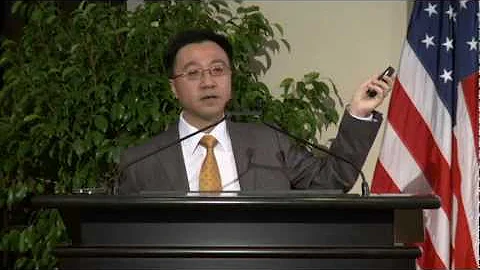Ultra version in the digital series of Xiaomi is the flagship version of Xiaomi mobile images. Especially this year's Xiaomi 12s Ultra has won Leica's true teachings based on a 1-inch bottom because of the introduction of Leica , which has won wide praise in the entire Android industry.

I thought that when we look at Ultra products, we will need to wait until next year's Xiaomi 13 Ultra. I didn't expect that this morning, Lei Jun suddenly announced that there is a concept version of Xiaomi 12s Ultra, and the real machine picture was released in the afternoon.

Now let’s take a closer look, what is the difference between Xiaomi 12s Ultra concept version?
First of all, this is a crossover that tries to break through professional cameras and smartphones in positioning - a smartphone that focuses on images, which can be seamlessly compatible with Leica M-mount lenses? ! In other words, under the power of this combination, the field of professional cameras such as micro-single has been compromised by smartphones.

Of course, one of the biggest highlights is that the Xiaomi 12s Ultra concept version can not only connect professional lenses (the industry has similar products before), but also consider professional camera shooting in terms of body configuration - the body has two one-inch sensors, one for mobile phone photography and the other for external lenses (this design is the first in the industry).

Think about it, taking into account the imaging capabilities of mobile phone forms, and exploring the implementation methods of professional cameras. The launch of Xiaomi 12s Ultra concept version is definitely a bold cross-border attempt. Unlike previous designs of mobile phones that only use external lenses to improve imaging capabilities based on smartphone images, Xiaomi 12s Ultra concept version directly fundamentally explores the cross-border of mobile phone images - this is the difference between deformation and qualitative change.

Considering the essential difference between the shape of a smartphone and the shape of a professional camera - for example, the photosensitive element of a professional camera has always been the most fragile link and requires very careful care. You cannot just toss around without a lens or without protection; but smartphones are different. First of all, the Xiaomi 12s Ultra concept version is first a mobile phone, and then a professional camera. Therefore, how to ensure the stability and durability of a direct-light lens in the form of a mobile phone (that is, without an external lens), is a big challenge.

Xiaomi 12s Ultra concept version has two solutions: one is to use sapphire lenses to increase scratch resistance; the other is to add metal heat conductors to improve heat dissipation ability. At the same time, the square and circular structure of the back has also been redesigned - directly connected to the middle frame to ensure the stability and reliability of the external lens.

In addition, based on different market positioning, the mobile phone form and the professional camera form are also essentially different. For example, in bayonet design, stability is the first priority in professional cameras, and the volume requirements are not as strict as smartphones. Smartphones must consider the light and light experience. If the lens external design is used in traditional ways, it will inevitably have an experience impact in terms of aesthetics and volume. What is the solution to the Xiaomi 12s Ultra concept version? It is to design an ultra-thin bayonet in the lens ring part, and the M-mount lens can be connected to the external M-mount lens through the adapter ring.

In summary, Xiaomi 12s Ultra concept version is a bold attempt by Xiaomi to cross-border imaging. At the same time, from the point of view of the name defined as a "concept machine", it is obviously not for the purpose of being sold on the market. Just like the Xiaomi MIX Alpha concept machine, it is just a kind of experiment on the implementation of the concept and technical declaration. What's more, even if it can be commercially available, it may not necessarily be of purchase significance for ordinary users, because a Leica lens costs 40,000 yuan at will. Who can afford to burn these equipment if it is not a professional photographer? !











